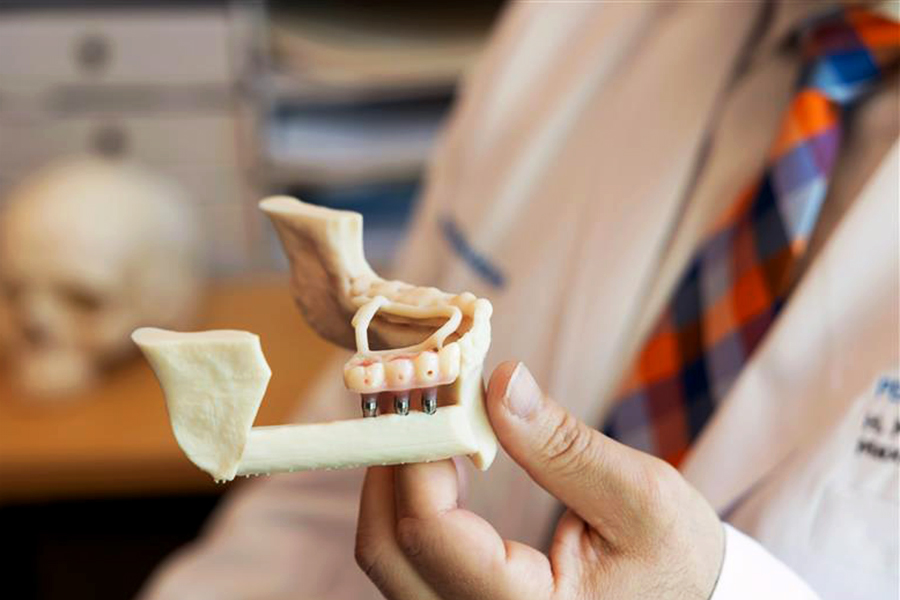September 21, 2020
As part of an effort to limit the spread of COVID-19, Kaiser Permanente is leading community collaboration in residential care facilities for the elderly across Northern California, where many residents are being disproportionately affected.
The multi-layered approach, developed by Kaiser Permanente San Rafael infectious diseases specialist David Miller, MD,MPH, attends to the health and safety of elderly residents as well as the essential workers who care for them.
As concerns for the pandemic’s impact in the care homes grew in March 2020, Dr. Miller assembled a multi-disciplinary team of clinicians and health educators and partnered with the Marin County Health Department and other community medical providers.
Today the team assists with residential care facility COVID-19 preparedness, treats ill residents, and provides on-site testing. The effort has led to outbreak detection and management, which includes coordinated mass testing of residents and staff.
“Kaiser Permanente’s system, with its interdisciplinary structure and integrated care model, offers the ideal framework to respond to the complexities of COVID-19 in residential care homes for the elderly,” Dr. Miller said. “We pooled experts in infectious diseases, geriatrics, and palliative care, as well as health educators and data analysts. We also teamed up with non-Kaiser Permanente physicians and the county health department to holistically meet the challenge.”
At least 7,500 Kaiser Permanente members live in the 3,500 residential care facilities for the elderly in Northern California alongside other residents covered by a variety of health plans. Statewide, 9,204 residents and staff of the homes have tested positive for COVID-19 and 998 have died as of September 21, according to the California Department of Social Services.
Unlike skilled nursing facilities, the care homes have few or no medically trained staff on site to prevent viral spread in their facilities. Living quarters are often dense and staff often work at more than one facility, which provides opportunity for the virus to be passed from one facility to another.
As the strategy demonstrated success in Marin, key elements of the program were made available for all areas of Kaiser Permanente in Northern California to adopt.
Anna Bavykina, MD, Kaiser Permanente Northern California regional medical director, Continuum and Complex Needs, said collaborating with community partners is essential for expanding the program from Marin County to the entire Northern California Region.
“Our overarching work is to develop partnerships and agreements with public health departments and other health plans that also have a strong presence in these facilities,” Dr. Bavykina said. “The San Rafael team has pioneered this work and their tools will serve as a foundation for use at other medical centers. They’re multidisciplinary approach is unprecedented.”
Working with others in vulnerable communities hit by COVID-19 is important because it brings the best care to patients, said Pam Galley, Kaiser Permanente Northern California vice president, Continuum of Care.
“Collaborating with community partners in different care settings protects the health of our members and community,” said Galley. “In this case, we’re protecting some of the most vulnerable and elderly affected by the pandemic.”
Dr. Miller added that beating COVID-19 requires collaboration.
“The virus simply replicates without regard for institutional boundaries,” Dr. Miller said. “Transmission ties all humanity together through a common enemy. No institution alone is scaled to meet the challenges of the pandemic; robust partnerships are the best way forward.”
This story originally appeared in Look Inside KP






